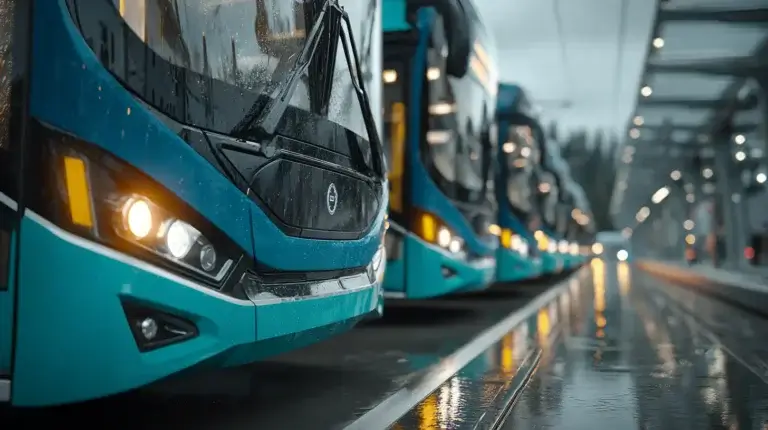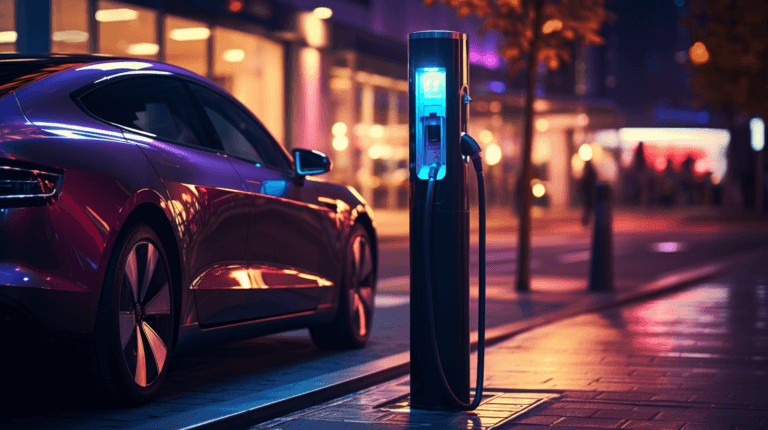EV Industry Predictions for 2021 – Versinetic looks to the year ahead
After the monumental challenges and changes brought to us by 2020, here we take a look at the road ahead for the EV industry for this year.
Our EV charging design consultants have been exploring moves and trends likely to emerge across the next few months. Here are the team’s EV industry predictions for 2021…
1. Increased acceleration of EV adoption – and of the Osborne Effect
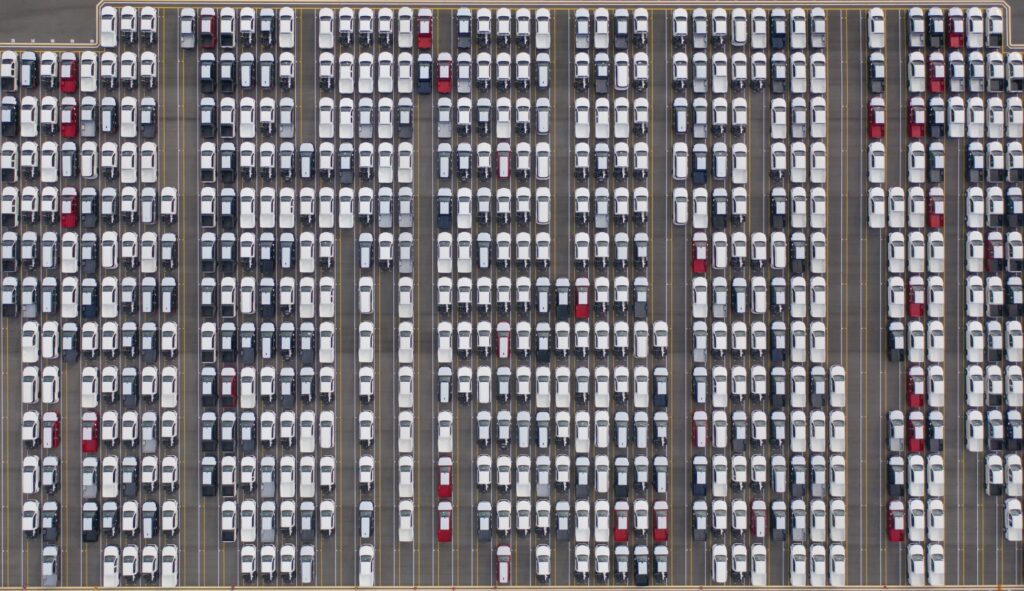
Despite the Coronavirus outbreak and movement restrictions, the plug-in market in Europe grew by well over 100% during 2020. The same is expected to happen in 2021.
BEVs (Battery Electric Vehicles) will grow by more than 100% and by more than plug-in Hybrids. In 2019, the UK sold 38K BEVs and we predicted 100K sales in 2020 alone. In fact, despite Coronavirus, over 108 thousand BEVs were sold in 2020 (SMMT).
This means we can predict that in 2021 there will be over 200K sales of BEVs; about 70K-80K PHEV sales and over 125K Hybrid Electric Vehicle (or HEV) sales. The HEV market will continue to grow, but more slowly, meaning that pure EVs (BEVs) will outsell non-plug in Hybrids (HEVs) over the whole year and will outsell them in at least 6 months during 2021. This assumes minimal economic damage after the end of the UK’s EU transition period.
In addition, the Osborne Effect for Petrol and Diesel cars will start to kick in, declining by at least another 10% and 30% respectively (though Mild HEVs – or MHEVs – will occupy a larger proportion of that); so BEVs will reach 14% of the UK market, and plug-ins 19% of the market.
The Osborne Effect is where a company suffers a financial crisis due to its customers postponing or canceling orders whilst waiting for the newest version of its technology.
In this case, it means that at least one major car manufacturer will ask for a government bailout; large-scale redundancies of ICE vehicle workforce and in particularly ICE R&D teams will effectively spell the end of the ICE era (since no new ICE engines will make it onto the market).
At the same time, the market for car maintenance will pick up; emissions will at last start to fall, but – paradoxically – by less than they should, because people are keeping older cars on the road. Another influential factor – the growing number of second-hand electric vehicles coming on the market as earlier adopters move onto their second or third EV.
Consequently, these key drivers for greater uptake of EVs for this year – together with tax incentives for fleets – will have a knock-on effect in pushing charging infrastructure forwards.
2. Strong price pressure for low cost chargers
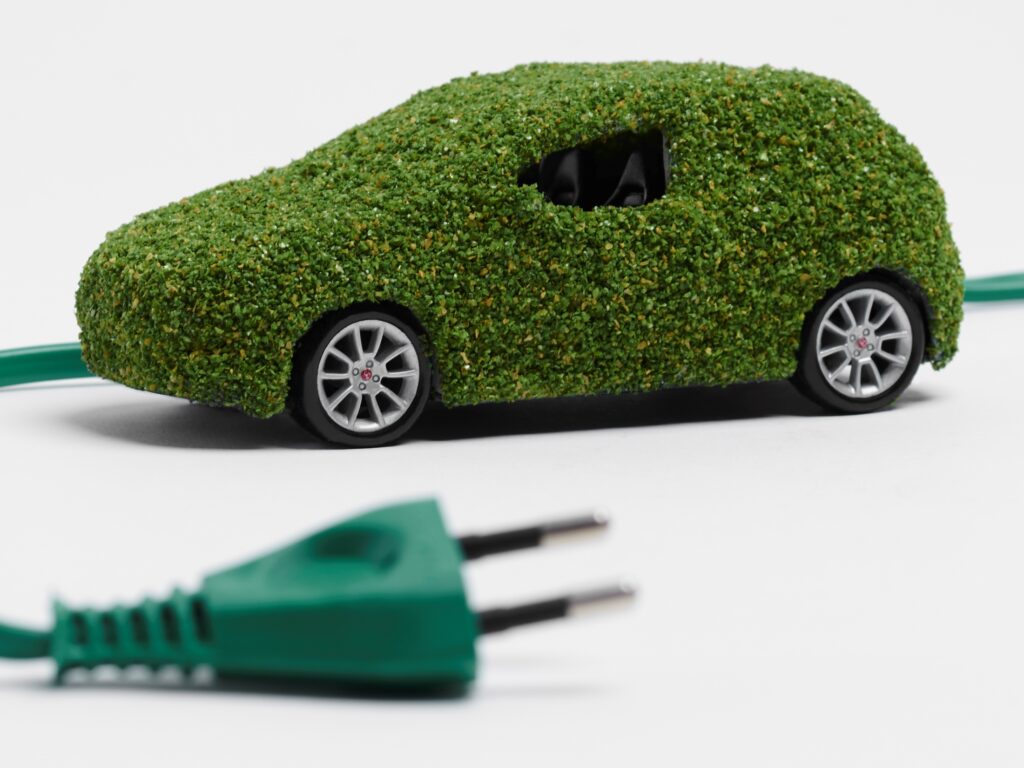
With the anticipated growth in the number of EVs on our roads, we’re likely to experience strong price pressure for low cost chargers during 2021.
Despite reliability concerns around the quality of some chargers on the market, sales of EV chargers will grow – however, this will be coupled with a downward pressure on price. In the UK, much of the low-cost charger market is driven by installers, particularly with new government regulations coming in around the requirement for new build homes to be equipped with electric vehicle chargers.
Ultimately, we can expect both public and domestic chargers to reduce in price this year due to economies of scale and competition.
3. Greater improvements in payment and scheduling systems
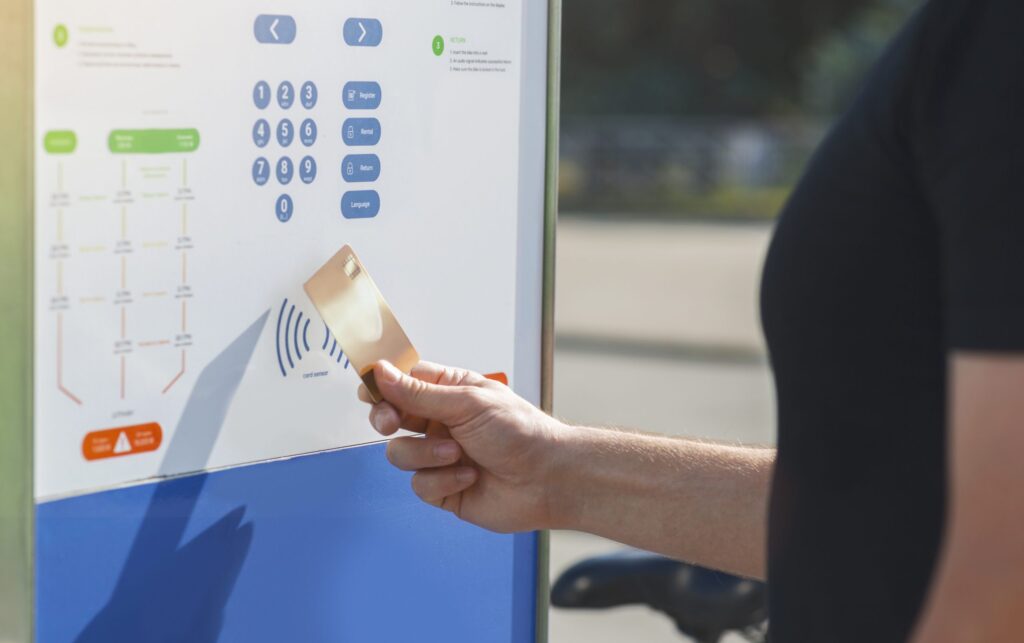
Debit card payments will become the norm, rather than bespoke app- or web-based systems. Innovative apps will become available to better manage public charger scheduling. The challenge of making public chargers pay for themselves, however, will remain, primarily because domestic electricity is cheap and utilisation is currently low (approximately 10%) making payback periods long.
Nevertheless, since there is a net economic benefit in driving EVs it should be possible to use this to finance the charging infrastructure whilst supporting the market.
4. Retreat from government subsidies to commence

Government policy has a massive influence on EV sales and chargers, generally. Across Europe, though government policies differ country by country, they have helped to strongly influence take up of charging infrastructure. However, this year, we will begin to see a move away from everything being driven by governments.
Effectively, the public need to be weaned off subsidies and buy EVs just as they would make any major purchase. As the volume of EVs increases, the cost to manufacture them should decrease, making them more affordable. So, from 2021, we predict governments will begin to further scale down EV incentives, and expect them to diminish further in subsequent years.
In essence, there are two competing forces over subsidies. Yes, in a business as usual scenario, subsidies will have to fall once the EV market has enough momentum – which, we expect, will arrive by the end of 2021. On the other hand, the disruptive effect of EVs threaten car manufacturers themselves and the greater urgency over decarbonisation means that governments will have to provide larger subsidies to car manufacturers themselves.
The question is, whether it’s better to do that by incentivising people to buy EVs (which would give manufacturers the enticement to provide EVs to get the government money) or providing money for the companies (so they can charge more for EVs or keep ICE manufacturing going), or devising EV payment schemes which mask the production costs by increasing transport costs? Some degree of these changes will occur.
5. #Avgasskam
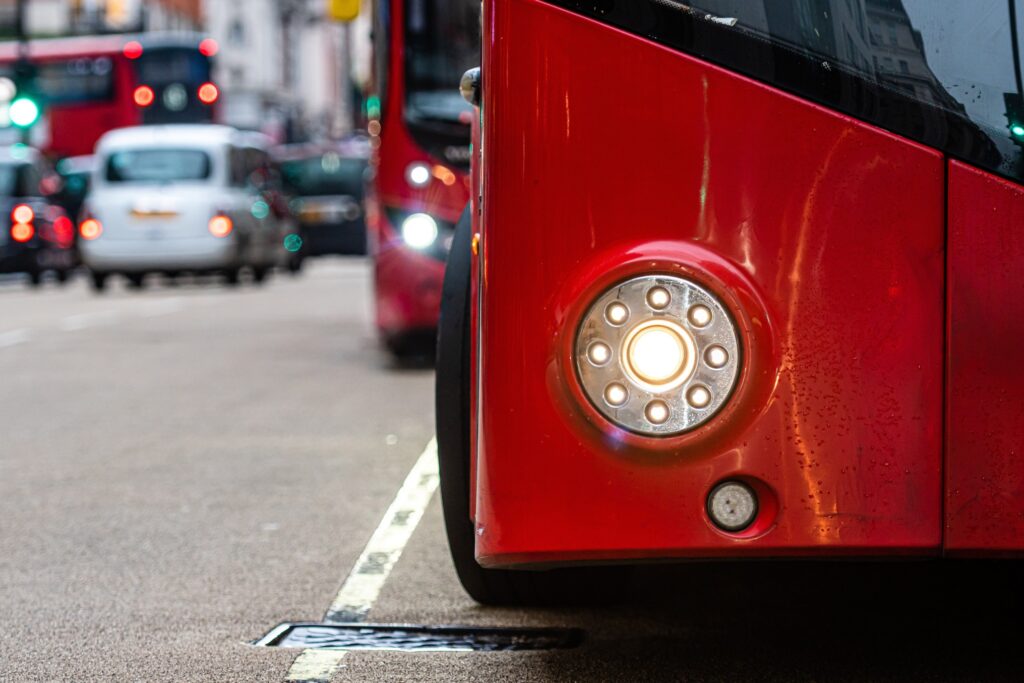
(AV-GAS-SKAM = Exhaust Shame in Swedish)
The EV revolution has a cultural side too. During a holiday to Sherwood Forest, one of our engineering consultants spotted that many vans and delivery mopeds were electric, and – as very few cars were being driven there – he really noticed the smell when a diesel van passed by.
Because exhaust pollution is uneven, we anticipate that ICE vehicles will become more socially unacceptable during 2021, especially in the wake of the cleaner air so many of us have experienced during the global pandemic. Likely places to experience Avgasskam include roads close to schools, taxi ranks at train stations and traffic lights at busy junctions.
So – what are your predictions?
Which of our expectations for the 2021 EV industry line up with yours? Let us know on our social media channels, or by contacting us through the website, we would love to hear from you!

